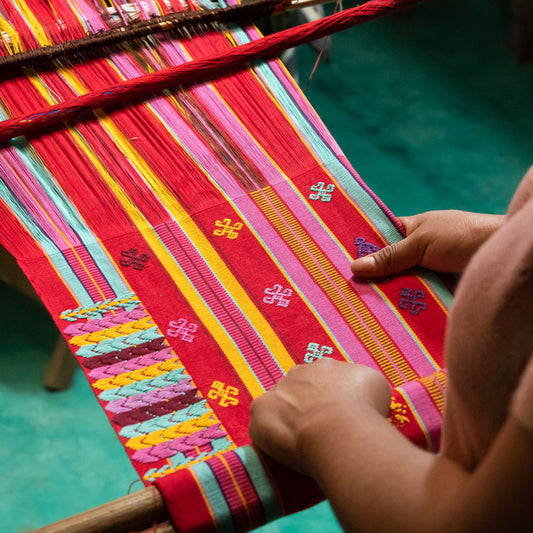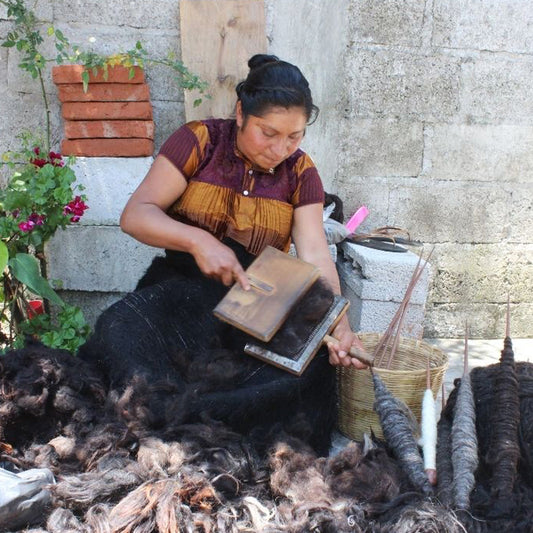What do we really know about the apparel and homeware products sold in markets across North and sub-Saharan Africa? Are the market sellers the makers, who do the sellers answer to, are the makers receiving your money, who even are the makers?
COVID has given us an opportunity to ask the difficult questions, to alter our consumer habits and ultimately work to dismantle structures that promulgate class, caste and gender discrimination. By cutting intermediaries, transparency is easier to achieve. Together we are building a world where we can meet and trade with the makers directly.
There is no doubt that we miss travel, especially the exploratory, smelling spices, touching linens and shaking hands after a good barter type of travel.
But perhaps, if we can look beyond the obvious economic and social fallout that the pandemic has caused, the demise of tourism in some cities will effect long term positive transformation for informal sector economies.
Here is what we know about some (and we caveat here, some) of the apparel and homeware product sold in markets across North and sub-Saharan Africa:
– Much of the materials and fabric sold are likely to be imported, often from China.
– Those selling the products are not the makers.
– Those selling the products have a ‘big boss’. This person may own many stalls and be an absent but overbearing influence on pricing, discounting, labour conditions.
– Those making the products do not know what it is being sold for.
– You will not find out who has made the products, their ages, their circumstances.
– The quality of the products can be suspect. Perhaps you don’t mind, as it is a souvenir of a special time and not for everyday use or was simply for the thrill of the purchase?
– You will walk away with it in a plastic bag.
"The gold standard in market shopping does not exist"
The gold standard in market shopping basically does not exist, because fundamental human rights and environmental assurances cannot be guaranteed, in the main. It is therefore alarming when these products appear on international retail platforms, pitched as artisan made, even ethical. They MAY well tick many of the sustainability boxes – locally made, using raw indigenous materials, low batch production, natural dyes (sustainability is of course an integral part of centuries and centuries old African craft practices). However, if the context, the supply chain, the makers are not visible or cannot be made visible with some questioning, you are essentially fuelling a dark – sometimes even criminal – cycle of trade that benefits the big boss, and definitely not the maker.
Our Community pages are designed to give direction and practical tips – both for consumers and brands. We have previously authored on due diligence questions to ask those you are buying from, or sourcing from, but beyond that it is vital to use this opportunity of reduced commercial activity and movement to probe the source of products as well as the validity of statements proclaiming ‘ethical, sustainable’.
There has never been a better time to review habits that came so naturally, and to ultimate work to dismantle structures that promulgate class, caste and gender discrimination.
Let’s dream of a time when we can return to our favourite markets with the world a little changed, and greet the makers with open arms.



